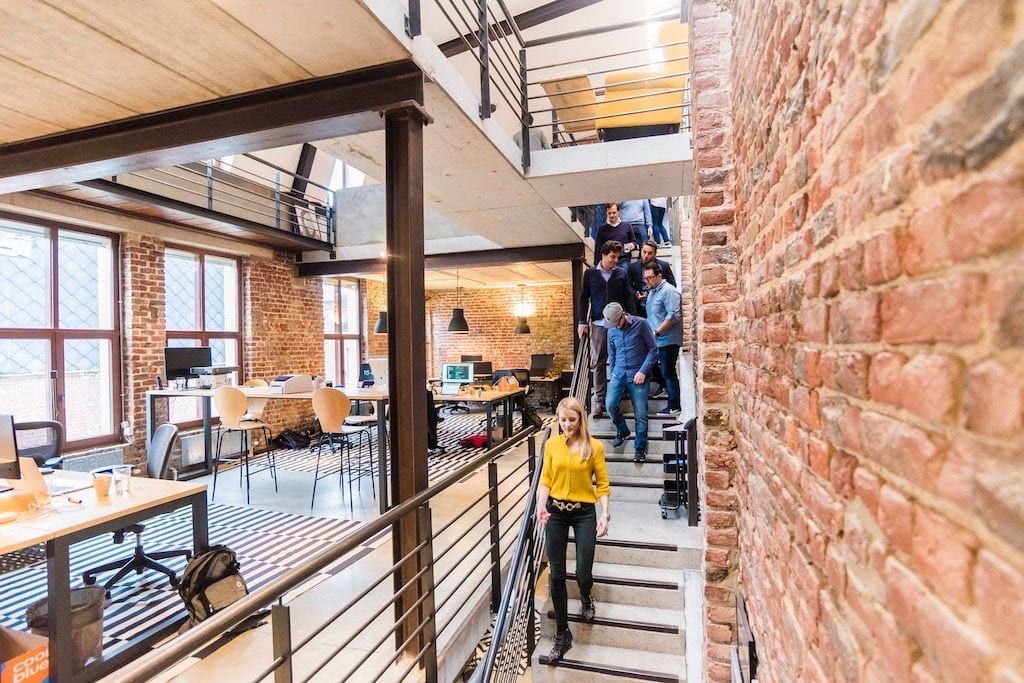
By Shahar Alster
Chief Executive Officer & Co-Founder
SpaceIQ
Facilities management is a continually evolving discipline for the simple fact that facilities themselves are constantly changing. As the two grow in tandem, facilities management best practices must adapt at the same time.
As contemporary workplaces enter a more digitally connected era, facilities management practices focus more on using data and analytics to improve decision-making. The result is a more thorough, encompassing, tailored approach to managing buildings and the systems that govern them.
New facilities managers and seasoned professionals alike will benefit from learning modern best practices and incorporating them into daily duties. There are seven top facilities management best practices to incorporate into your workplace.
1. Centralize facility management through software
Siloed data has long been the bane of proactive facilities management. Real estate in one basket; building upkeep in another; space utilization in yet another. Today, it’s the opposite. Holistic data and analytics help FMs better understand how different parts of their facilities affect one another, and what broad trends are present.
Breaking down silos in a typical facilities management structure requires technology that provides a top-down view:
- An Integrated Workplace Management System (IWMS) manages everything from real estate portfolios, floor plans, and space management.
- A Computer Aided Facilities Management (CAFM) platform ties together the everyday needs of workplace management, including usage and utilization oversight.
- A Computerized Maintenance Management System (CMMS) manages maintenance requests and coordinates building-wide upkeep and improvements.
- An Enterprise Asset Management (EAM) platform serves as the system of record for assets within a workplace, tracking everything from worth to maintenance schedules.
2. Stay abreast of technology and the office IoT
Workplaces are getting smarter. New technologies are constantly introduced, new iterations of existing tech frequently roll out , and updates improve legacy devices. It’s a facility manager’s job to stay abreast of advancements.
Facility managers look for ways to use office Internet of Things (IoT) tech to improve their workplaces. How can tech help you do your job better? How can new options support or supplant your current systems? What facility challenges will the IoT solve? The more you know about tech, the better chance to capitalize on the office IoT.
3. Collect as much information as possible
Many of today’s best practices in facilities management revolve around data and analytics. IoT device data provides facility managers with decision-making power to positively shape the workplace and care for their buildings. This starts by recognizing challenges and pinpointing data streams that hold answers. Quantifying as much of the workplace as possible is the first step in hypothesizing solutions.
4. Recognize and capitalize on trends
Collecting data is an essential best practice, but equally important is learning to read and utilize that data. Not only will data interpretation inform you about the fundamental workings of your facilities, it’ll validate (or ify) your facilities management improvement ideas.
In the age of office IoT and robust workplace management software, every decision should be a data-driven one. Recognizing and capitalizing on trends through data collection and interpretation is one of the most important best practices to get comfortable with.
5. Automate facilities processes
Streamlining operations is a cornerstone of good facilities management. Automation takes that one step further, improving workplace structure from both cost and quality perspectives.
Automated lights reduce utility costs. Automated data collection improves decision-making. Automated support ticketing expedites facility repairs. The list goes on and on. Automation creates facilities that are supportive and accommodating to workers and the business itself.
6. Make budgeting a priority
Proper budgeting is critical as facilities management more closely aligns with mitigating business costs. Workplace data and analytics empower facilities managers to more effectively budget. Recognizing opportunities for cost saving, eliminating extraneous costs, and appropriately planning for upcoming expenses contribute to a company’s fiscal health.
7. Customize management to your facilities
The rise of tailored best practices shows there’s no one-size-fits-all approach to facilities management. And, in an era where workplaces are becoming more complex, there shouldn’t be. Adhering to best practices means meeting the demands of your workplace in a way that positively shapes and contributes to the business.
Keep reading: how to ensure you’ve selected the best facility management software for your company.




